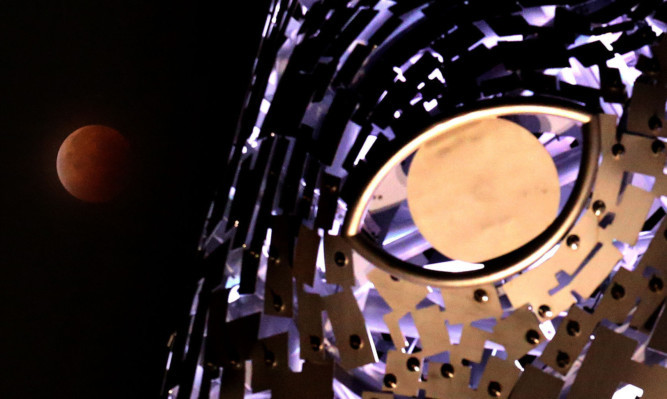Stargazers across the UK have observed a blood red “supermoon” in the skies above Britain for the first time in 30 years.
The eerie light created from a lunar eclipse with the moon near to its closest point to the Earth delighted amateur astronomers and photographers, while filling others with dread.
Some religious groups and believers in astrology were convinced it is a sign that the End of Days is approaching.
The spectacle began to unfold from 1.10am in the UK, with the “total” phase – when the moon is completely in shadow – lasting from 3.11am to 4.24am. It was to go on until the moon emerged from the Earth’s shadow at 6.24am.
When the moon is at perigee, its shortest distance from the Earth, it is 226,000 miles away and appears 14% larger and 30% brighter than when it is at its furthermost point.
The last time this coincided with a lunar eclipse, when the moon is covered by the Earth’s shadow, was in 1982 and the event will not be repeated until 2033.
https://youtube.com/watch?v=YwyJFAXPReI%3Frel%3D0
During a lunar eclipse, the moon turns a deep rusty red, due to sunlight being scattered by the Earth’s atmosphere.
Through the ages, so-called “blood moons” have been viewed as ill omens by superstitious people.
Anyone staying up to see the red moon was in for a “quite an unusual sight”, according to Society for Popular Astronomy vice-president Robin Scagell.
Unlike with a solar eclipse, a lunar eclipse is completely safe to observe through binoculars or a small telescope.
Many believe this eclipse was significant as it marks the completion of an unusual line-up of four total eclipses at six-monthly intervals known as a “tetrad”.
Texan pastor and author John Hagee says this has only happened three times in the past 500 years and claimed it is likely to herald a “hugely significant” world event.
